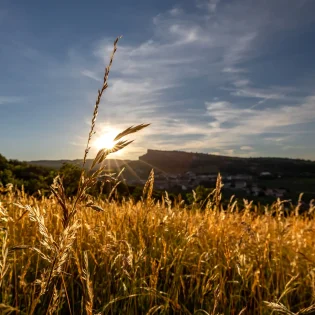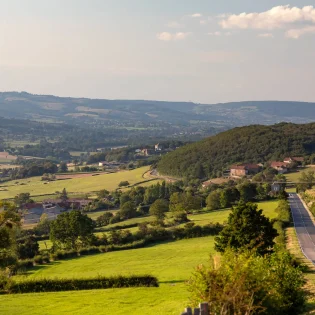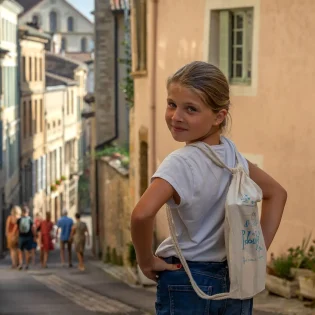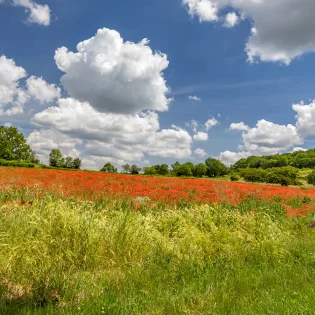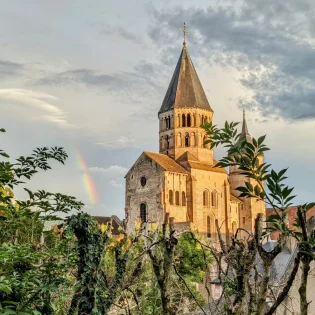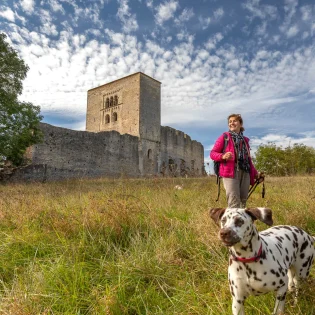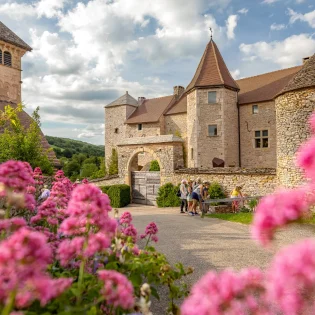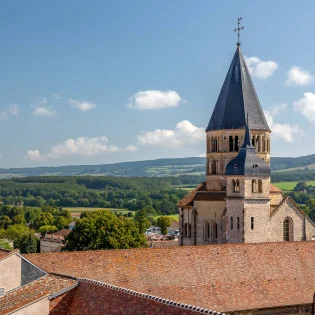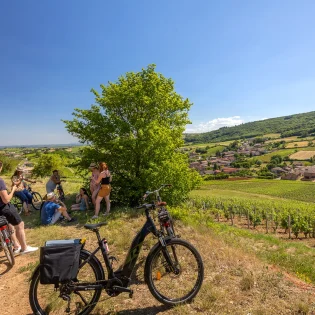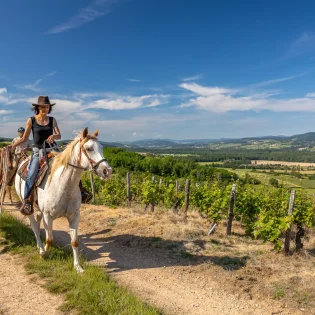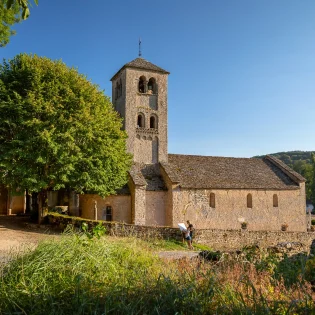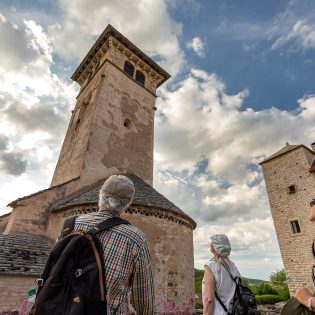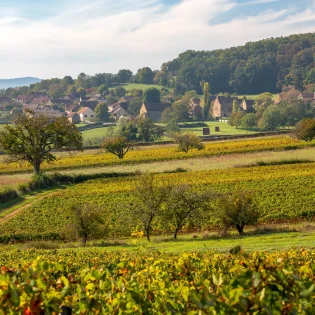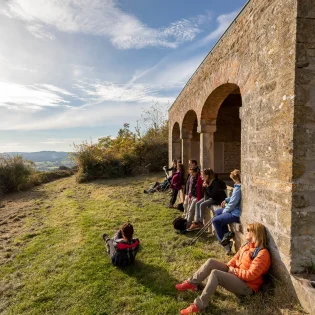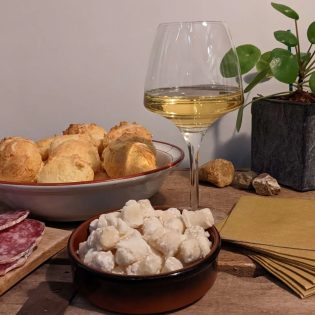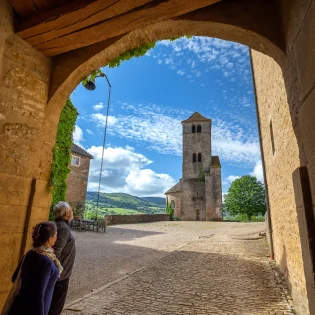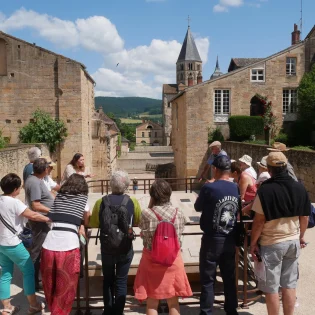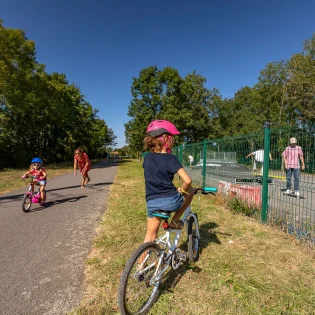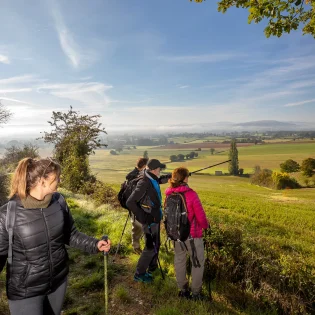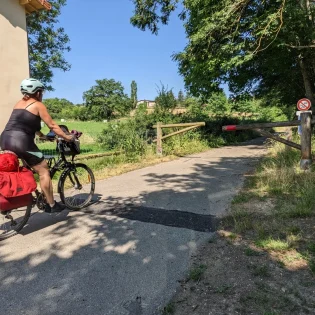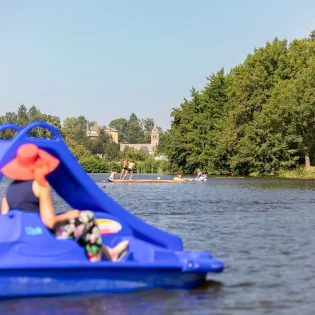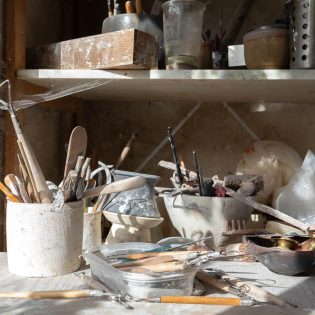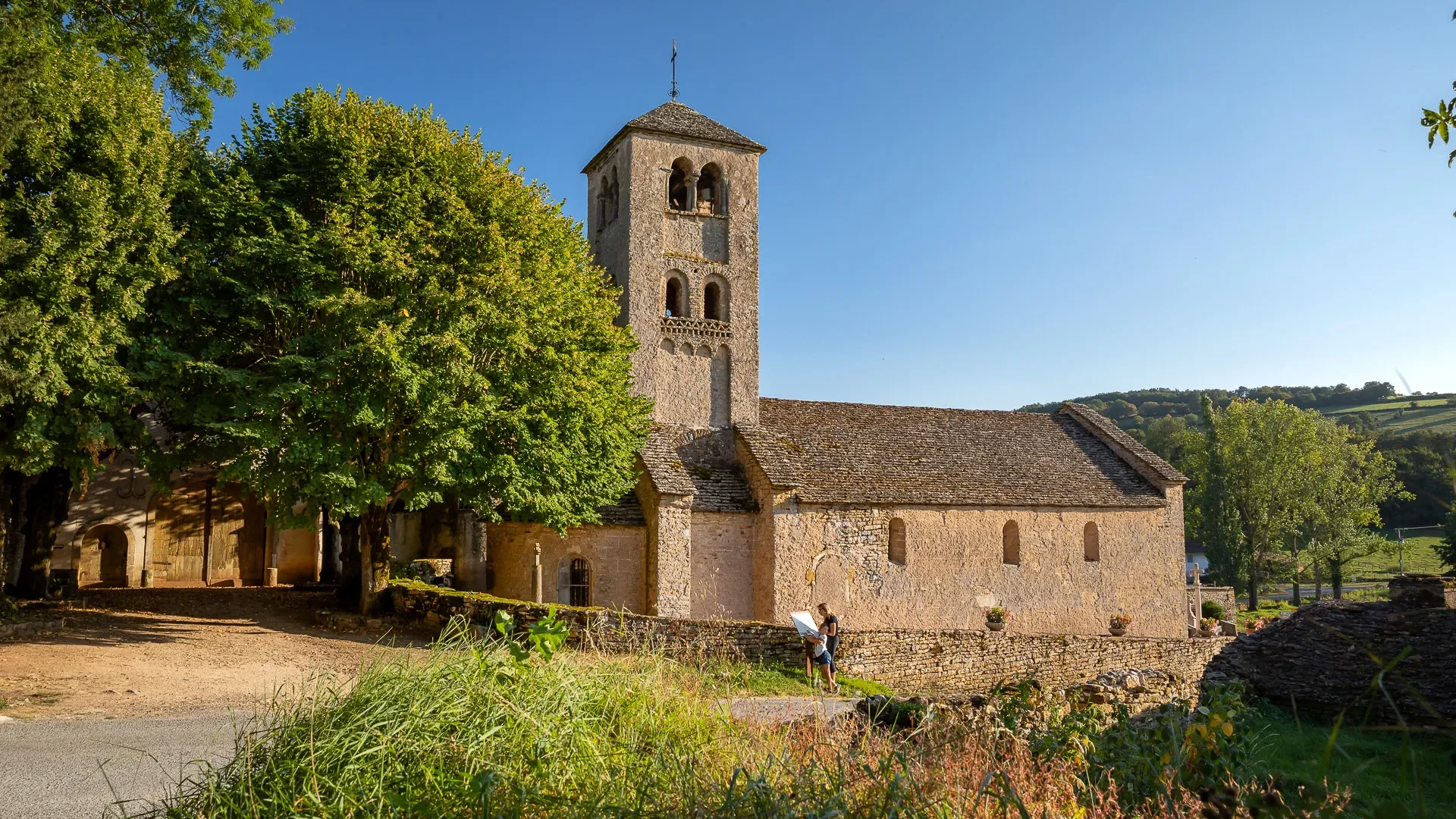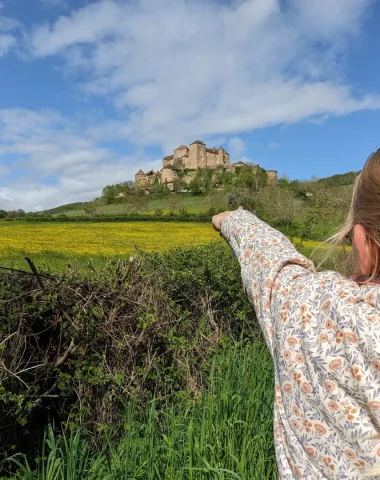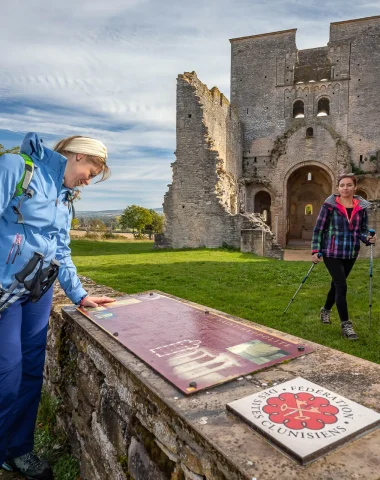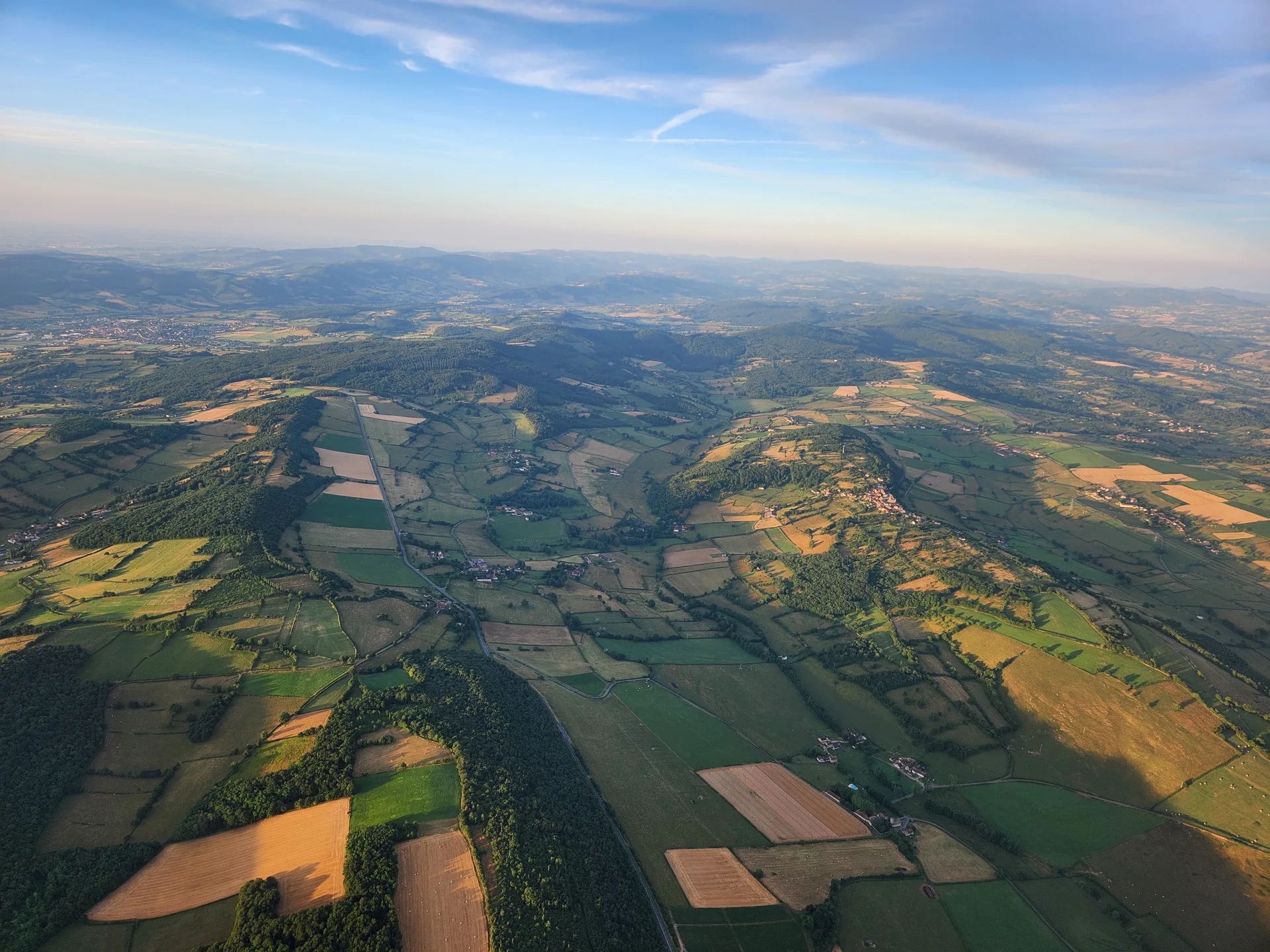La pierre est partout en Sud Bourgogne !
Que ce soit pour bâtir de majestueuses abbayes, de belles maisons médiévales, de sobres et élégantes églises romanes, de magnifiques châteaux, de pratiques cadoles (pour abriter nos courageux vignerons) ou de solides murgers pour clôturer nos prés… Qu’elle soit porteuse de spiritualité, ornementales ou d’usage agricole, elles a façonné et façonne encore et toujours nos paysages. Étroitement liée à l’homme, la pierre raconte son histoire et son patrimoine.
L’art roman que vous trouverez partout parsemé sur notre territoire en est la parfaite expression. En harmonie avec les vignes et collines qui l’entoure notre jardin roman s’est invité dans de nombreux villages.
Pierre de construction ou d’apparat, elle a traversé les époques et nous a laissé un riche patrimoine du passé : de forteresses médiévales au château du Classicisme, nous vous proposons un florilège de l’art français et une évocation historique de la Bourgogne à travers une extraordinaire route des châteaux.
Nos villages recèlent de trésors en lien avec l’abbaye de Cluny. En effet, elle a constitué de nombreux domaines agricoles et établit des centres d’exploitation que l’on nomme doyennés. Vous en trouverez de beaux exemples à Saint Hippolyte (commune de Bonnay-Saint-Ythaire) ou à Mazille.
Le petit patrimoine comme les cadoles, croix et lavoirs… sont très présents et vous aurez plaisir à les retrouver lors de la visite de nos hameaux, villages et sites de caractère ou lors de vos randonnées.
Mais l’art Clunisien ne s’est pas uniquement développé localement. Il a essaimé partout en Europe !
A partir du Xe siècle, Cluny est un fait de civilisation majeur en Europe : plus de 1 800 sites clunisiens témoignent de son rayonnement à la fois spirituel, artistique et architectural, mais aussi économique, social et politique – jusqu’à la Révolution française. Certains sites clunisiens se trouvent peut-être proches de chez vous ! Alors partez vite à la conquête des sites clunisiens en Europe

